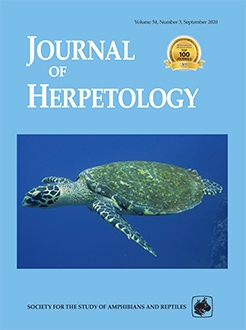My research on anurans has been diverse: biogeography, speciation, acoustics, polyandry, sperm competition, and conservation. My interests in biology started in natural history but, in the late 1960s as an undergraduate student, I was receptive to emerging new ideas in biogeography and evolutionary biology: continental drift and neutral theory. My focus in this “Perspective” is an explanation of how diversity has evolved in the frog fauna of southwestern Australia, where I have worked since 1978. I discuss the roles of range fragmentation, genetic drift, directional sexual selection, polyploidy, and simultaneous polyandry as processes driving the evolution of diversity in the sometimes-bizarre frog fauna of southwestern Australia. I identify features that can characterize polyandrous anurans: e.g., large testes, sperm morphology, and, possibly, complex calls with an example of the latter in Geocrinia leai. I discuss how current anuran life histories vary across rainfall and temperature gradients and how derivation of more-arid adapted forms is a well-defined historic biogeographic pattern in southwestern Australia. My observations over time leave me cautiously optimistic about the prospects for frogs affected by global warming.
How to translate text using browser tools
21 October 2020
The Frog Fauna of Southwestern Australia: Diverse, Bizarre, Old, and Polyandrous
J. Dale Roberts
ACCESS THE FULL ARTICLE

Journal of Herpetology
Vol. 54 • No. 3
September 2020
Vol. 54 • No. 3
September 2020




